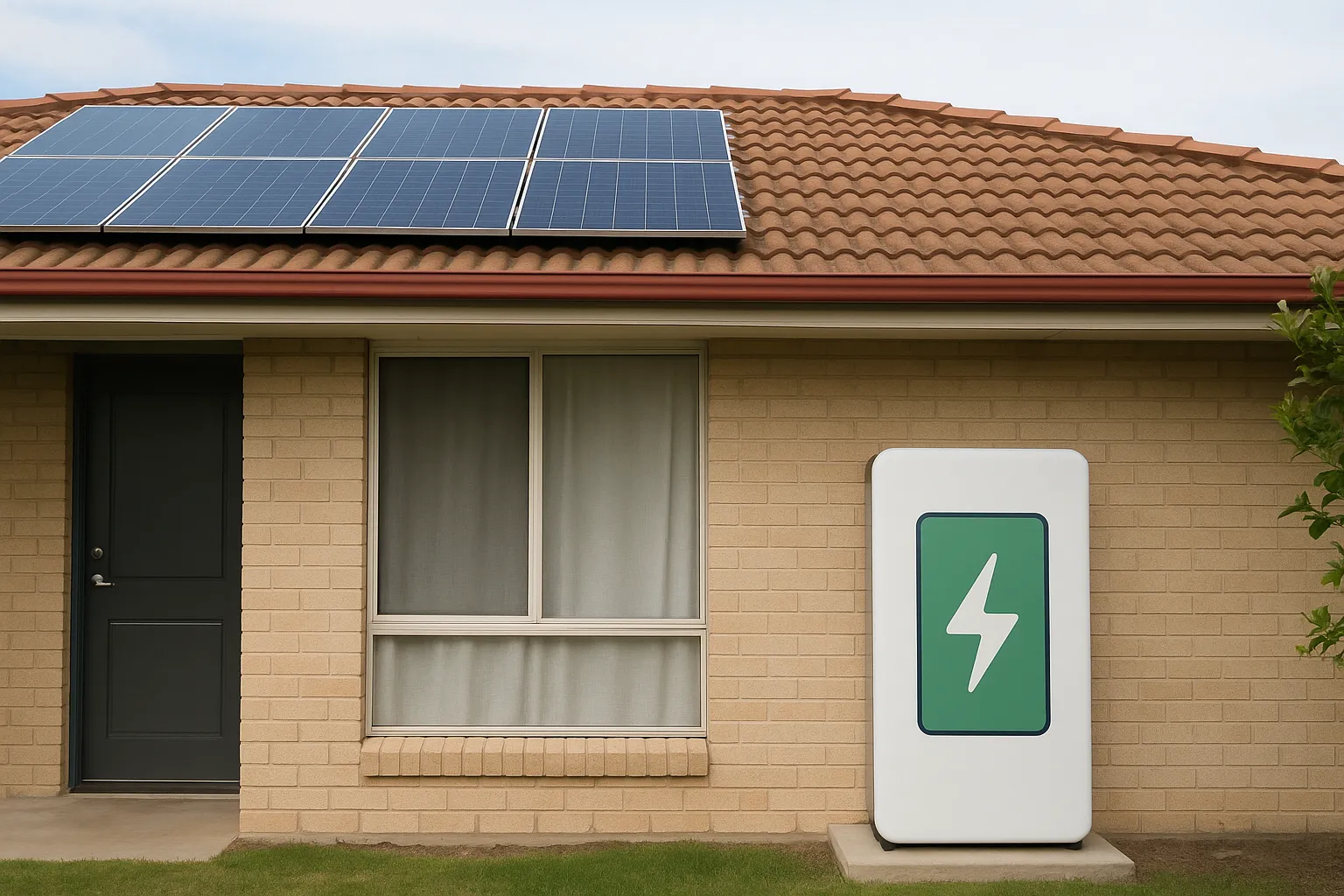Thinking about getting a home battery to store that precious solar energy? Smart move. But before you dive in, there’s a bit of jargon you’ll want to wrap your head around—especially when it comes to how much energy your battery can actually store and use.
Let’s demystify the key terms so you can choose a system that genuinely fits your home and your goals.
Nominal vs Usable Capacity – The Numbers Game
When battery companies talk about capacity, you’ll usually hear two terms: nominal and usable. The nominal capacity is the total energy the battery could hold, in theory. It’s the big number on the box. But don’t be fooled—this isn’t what you’ll actually be able to use.
That’s where usable capacity comes in. It’s the amount of energy you can safely draw from the battery day to day. Why the difference? Draining a battery completely can damage it, so manufacturers set limits to protect its lifespan.
Take this example: a battery might have a 10 kWh nominal capacity, but only 8 kWh usable. That’s the figure you want to focus on—it’s what powers your appliances and what government rebates are based on.
Depth of Discharge (DoD) – How Much Juice You Can Use
DoD tells you what portion of your battery’s total energy can be used before it needs recharging. It’s shown as a percentage, and higher is better. A 95% DoD means you can tap into nearly all your stored energy without damaging the battery.
Modern lithium-ion batteries, especially those using LiFePO4 chemistry, thrive on deep discharges and still last thousands of cycles. Older tech like lead-acid? Not so much. So if you’re planning on daily use, look for batteries with high DoD ratings and robust cycle life warranties.
Backup Reserve – For When the Grid Goes Down
Imagine a blackout and your battery’s flat. Not ideal, right? That’s why many systems let you set aside a backup reserve—a slice of stored energy just for emergencies.
Depending on how reliable your local power grid is, you might set this reserve anywhere from 5% to 100% of your battery’s usable capacity. Higher reserves give you more peace of mind, but less energy for everyday use. Some systems, like Tesla’s Powerwall, even let you adjust this setting on the fly via an app.
It’s all about finding the balance between everyday savings and being blackout-ready.
Battery Ageing – What to Expect Over the Years
All batteries wear out eventually. Over time, their ability to store energy fades—a process known as capacity degradation. Most lithium-ion home batteries promise to hold at least 70% of their original usable capacity after 10 years. That’s not bad, but it depends on how you use and care for the system.
Want it to last? Avoid extreme temperatures, don’t constantly charge it to 100%, and make sure your system is the right size for your energy needs. Also, keep an eye on the battery’s health through performance monitoring tools.
kW vs kWh – Power vs Energy Explained
This one trips up a lot of people. Kilowatts (kW) measure how quickly a battery can deliver power—like how fast water flows from a tap. Kilowatt-hours (kWh) measure the total amount of energy stored—like the size of the tank.
So a battery rated at 5 kW/10 kWh can power a 5 kW load for two hours straight. You’ll want to match both numbers to your household’s usage patterns: high kW for big appliances, high kWh for longer run times.
Understanding this difference also helps you make sense of your electricity bill—and design a system that saves you the most money.
Wrapping It Up
When shopping for a home battery in Australia, don’t just chase the biggest number on the spec sheet. Focus on usable capacity, DoD, and the right backup reserve settings. Know how kW and kWh affect your daily energy use, and plan for long-term battery health.
And don’t go it alone—an accredited installer can help you navigate all the technical stuff and ensure your setup meets Aussie standards. With the right knowledge and a quality battery, you’ll be on your way to lower bills, more energy independence, and a whole lot more peace of mind.



